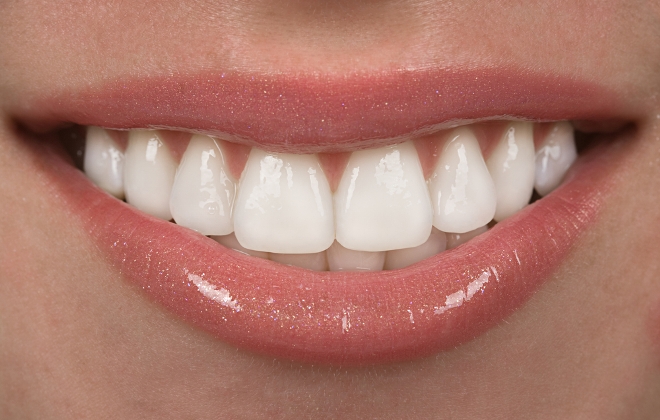Understanding Porcelain Dental Veneers

Before we can get to a point of understanding porcelain dental-veneers, it would be a good idea to first have a basic understanding of what dental veneers are, and what their roles in dentistry are.
Dental-veneers, as name suggests, are veneers that are worn over teeth. In simpler terms, they are specially-made tooth coverings. Like all other types of veneers, dental veneers can cover is teeth-coloring, giving the wearer what are effectively excellent white teeth! There are two categories of people who use this approach – of wearing veneers – to the teeth whitening problem. The first category is that of those whose teeth are so badly stained that they won’t respond to bleaching, which is for many people the ‘first line of treatment’ for teeth whitening. The second category is that of those whose teeth may not be so badly stained, but who nonetheless find the idea of teeth whitening aid that produces perfect results (the veneers worn are ultra-thin), and once whose effect hold for long.

Other things that dental veneers can cover include imperfect teeth alignment, missing teeth, or teeth spacing ‘defects.’
Of course, the use of veneers is not limited to cosmetic dentistry only. Outside cosmetics dentistry, the veneers might also be used in the treatment of cracks and chips in the teeth – especially cracks and chips which are so big that bonding wouldn’t work in repairing them.
Now the veneers that are worn for these various functions are usually bought from dental suppliers, and then customized by dental technicians in dental clinics.
There are two main types of veneers: the porcelain dental-veneers we are looking at, and the so-called composite dental veneers.
What sets apart porcelain veneers, as the name suggests, is the material from which they are made from: porcelain, Porcelain veneers are made from the material known as porcelain whereas the so-called composite veneers are made from resin.
In making porcelain veneers, dental measurements of the person looking for them are normally taken in the dental clinic. The porcelain for making the veneers is usually worked into a very thin film using specialized machinery, so that upon their placement in the ‘patients’ mouth, they end up integrating with the rest of the dental formula so well that another person will never know that something has been done to the teeth.
The main advantage that porcelain veneers have composite veneers is durability. It has been noted, time after time, that porcelain veneers do tend to last much longer than composite veneers. To be sure, the porcelain dental-veneers do also tend to cost a little more than the veneers. But then again, they more than make up for their higher price by their durability – as they are known to outlast composite veneers several times over. As such, they are first choice veneers for the quality-conscious dental patients, who has the money to purchase that quality.
Find out more about great dental office in San Francisco at http://www.unionsquaredental.com/dental_veneers.html.
